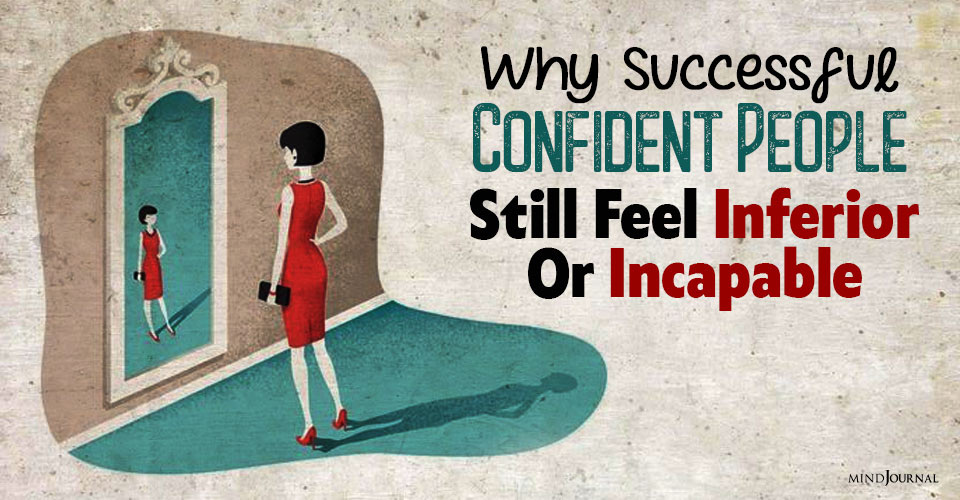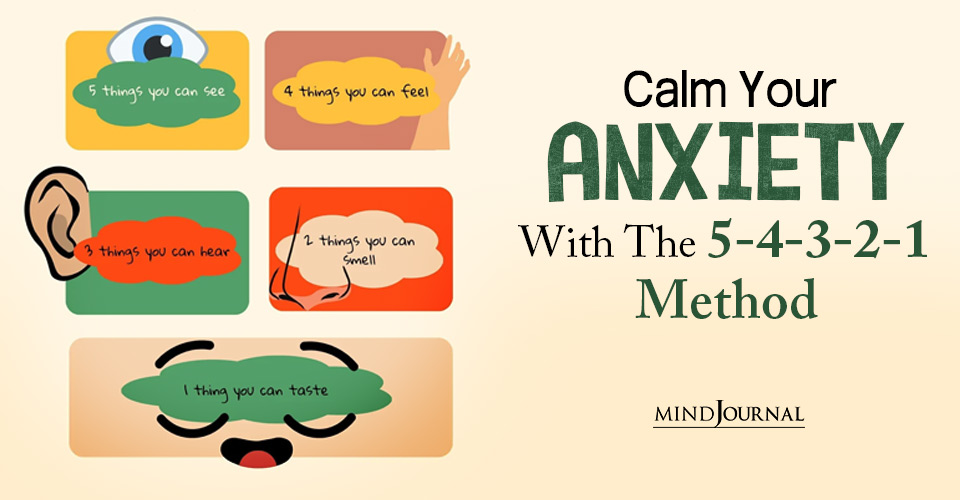“I have a very vibrant imposter syndrome that goes on throughout most of my life, but nothing more than when someone has to put a hat on me or some kind of sash and go, ‘We’re giving you this certificate.’” – Robin Ince
Key Points:
While it's accepted that imposter syndrome affects women more than men, this may not be the case. There are a few traits that seem highly associated with imposter syndrome: success, outward confidence, and high expectations of themselves. Inside, negative self-talk results in these same people struggling to parse other people's actions, words, and body language.
Over the years, I have worked with many clients that struggle with the thinking patterns and anxieties associated with imposter syndrome. I have never viewed it as something that primarily affects females, simply because it has been evenly distributed amongst my clients, regardless of their age or gender.
Perhaps a reason why women in corporate America are more so associated with imposter syndrome is due to the male-dominated structural and cultural framework that the majority of businesses and institutions embody. The foundations created are conducive to how men operate, lead, communicate, and ultimately define success.
This phenomenon leaves women in an interesting position: do they conform? Or do they remain driven and operate authentically? Women run the risk of being viewed as threats. Some will be too accommodating, be taken advantage of, and unfortunately have to compromise certain values or neglect other roles they wish to nurture. The psychological toll that it requires to navigate such systems can be mentally exhausting and confusing and can lead to self-doubt.
If imposter syndrome is not something associated with women, what type of individual does it typically affect? All of my clients who battle with imposter syndrome have perfectionistic personality types and seek high levels of affirmation.
Related: The Truth About Perfectionism: 5 Signs You May Be Perfectionist
There is also a rigidity interwoven in how these individuals operate and how they process information. Tasks, obstacles, and interactions are viewed through a pass/fail lens, or by using an “all or nothing” mentality.
Many of these individuals are elite athletes who have reached tremendous levels of success both physically and mentally. Some are CEOs or in other leadership positions that are highly associated with success in our society. Others are juggling several roles and are stretched thin by the expectations they create for themselves. They walk tall, radiate confidence, and typically take good care of themselves.
These individuals are humble and seem to be calculated with how they share their successes. They appear to have it all together and are very particular about who they are vulnerable with.

There seems to be an element of distrust or lack of faith in others’ abilities to effectively listen or respond with worthwhile feedback. So oftentimes they redirect conversations and feel more comfortable with playing the role of the listener or the advisor.
Their standards are high, and when someone introduces an obstacle, they typically accept it without hesitation. They rise to the challenge and are fueled by others’ doubts, especially when they are verbalized directly at them. If and when they are giving critical feedback, they will more than likely counter it and then view it as a means to motivate.
The source that feeds the self-doubt and fear of not being good enough is internally rooted. Their negative self-talk generates anxiety and insecurities that results in a heightened sensitivity about what others might think about them. They become more attuned to others’ nonverbal communication.
Assumptions are now being made. It is these assumptions that perpetuate the negative thinking patterns, futuristic thinking, and anxiety that eventually leads to self-sabotage.
One way to avoid making assumptions is to simply pause and get more information. Assumptions are dangerous because they have negativity associated with them and tend to falsely divide ownership. Begin by assessing whether or not it is appropriate to ask questions in order to gather more information or to pause and wait for the information to naturally come to you.
Those who suffer from imposter syndrome tend to operate with a sense of urgency and detest the unknown or unpredictable. These individuals have strong morals and can impulsively initiate inappropriate conversations in order to seek validation from others as a means to tie up any loose ends.
This typically does not end well. The need to control or gain closure only ignites anxiety and can lead to impulsive decisions that again, don’t soothe, but sabotage.
Related: 5 Tips To Help Get Rid Of Negative Thoughts
Understanding these tendencies and patterns is imperative for growth. Beginning to operate with the mentality that we can’t control or predict everything is key. Moving away from the pass/fail mentality and increasing our internal validation will build confidence and the ability to create realistic, empowering expectations.
It is the fear of exposure, failure, and vulnerability that perpetuates the doubt and the anxiety. People are not thinking about you as much as you think they are.
It is helpful to consistently remind yourself to embrace the process and journey that life has in store for you. Remember that the risks, the tumbles, and the hurdles are the things that generate the most growth.
I facilitate 6-week virtual female empowerment groups and will be launching another one in Jan. We will discuss topics such as: Resilience, Imposter Syndrome, Managing Stress and Anxiety, Maintaining Personal/Professional Boundaries, Giving and Receiving Feedback, and Preventing Burnout.
I am a mental wellness consultant and work with companies/organizations to create a culture that supports mental health and increasing productivity and connections within the organization. I have several different packages and am also willing to conduct one-off trainings or Q&As on a variety of topics around managing anxiety, preventing burnout, effective communication, and building resilience.
Written By Leah Marone Originally Published On Psychology Today










Leave a Reply